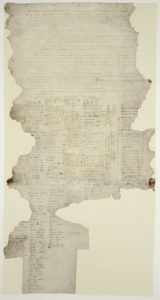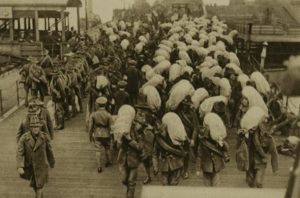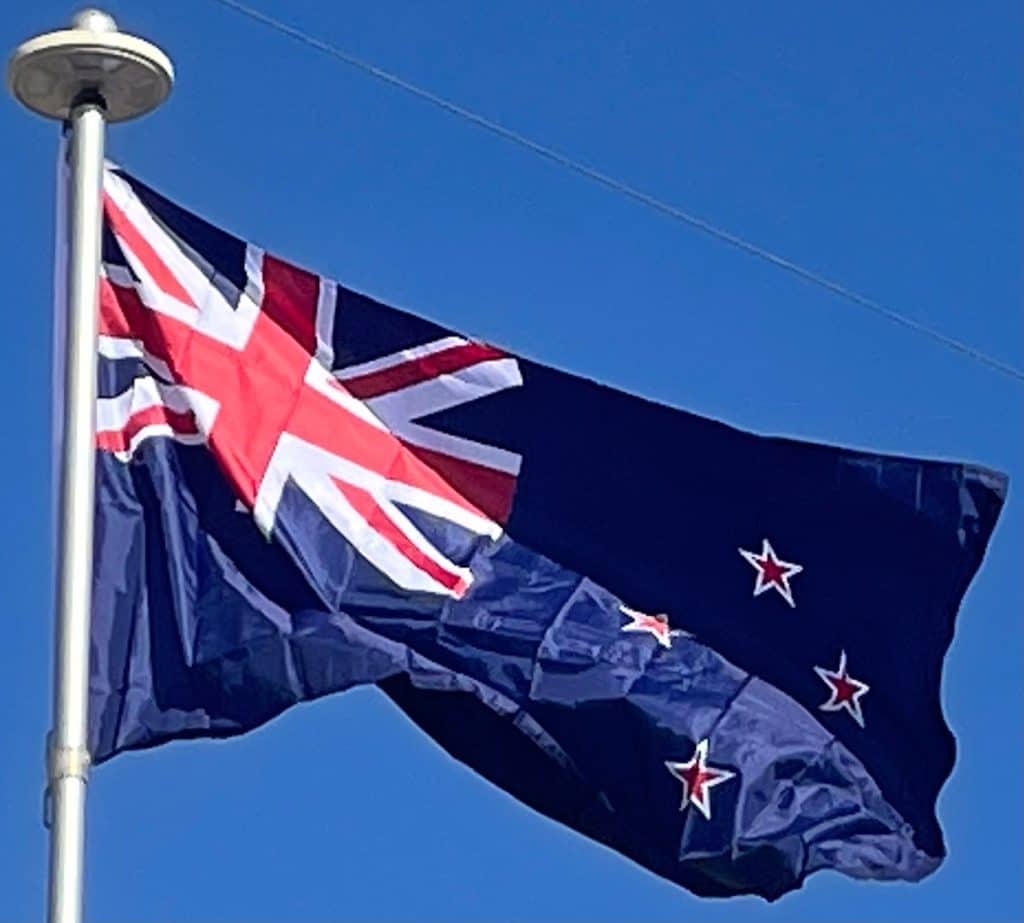
In response to the New Zealand Company’s attempts to establish an independent settlement in Wellington and French settlers purchasing land in Akaroa, Hobson declared British sovereignty over all of New Zealand on 21 May 1840, even though copies of the Treaty were still circulating throughout the country for Māori to sign. With the signing of the Treaty and declaration of sovereignty, the number of immigrants, particularly from the United Kingdom, began to increase.
New Zealand, still part of the colony of New South Wales, became a separate Colony of New Zealand on 1 July 1841. Armed conflict began between the Colonial government and Māori in 1843 with the Wairau Affray over land and disagreements over sovereignty. These conflicts, mainly in the North Island, saw thousands of imperial troops and the Royal Navy come to New Zealand and became known as the New Zealand Wars. Following these armed conflicts, large amounts of Māori land was confiscated by the government to meet settler demands.
The colony gained a representative government in 1852, and the first Parliament met in 1854. In 1856 the colony effectively became self-governing, gaining responsibility over all domestic matters (except native policy, which was granted in the mid-1860s). Following concerns that the South Island might form a separate colony, premier Alfred Domett moved a resolution to transfer the capital from Auckland to a locality near Cook Strait. Wellington was chosen for its central location, with Parliament officially sitting there for the first time in 1865.
In 1907, at the request of the New Zealand Parliament, King Edward VII proclaimed New Zealand a Dominion within the British Empire, reflecting its self-governing status. In 1947 the country adopted the Statute of Westminster, confirming that the British Parliament could no longer legislate for New Zealand without the consent of New Zealand.

Early in the 20th century, New Zealand was involved in world affairs, fighting in the First and Second World Wars and suffering through the Great Depression. The depression led to the election of the First Labour Government and the establishment of a comprehensive welfare state and a protectionist economy. New Zealand experienced increasing prosperity following the Second World War, and Māori began to leave their traditional rural life and move to the cities in search of work. A Māori protest movement developed, which criticized Eurocentrism and worked for greater recognition of Māori culture and of the Treaty of Waitangi. In 1975, a Waitangi Tribunal was set up to investigate alleged breaches of the Treaty, and it was enabled to investigate historic grievances in 1985. The government has negotiated settlements of these grievances with many iwi, although Māori claims to the foreshore and seabed proved controversial in the 2000s.
Geography:
New Zealand is located near the center of the water hemisphere and is made up of two main islands and a number of smaller islands. The two main islands (the North Island, or Te Ika-a-Māui, and the South Island, or Te Waipounamu) are separated by Cook Strait, 22 kilometers (14 mi) wide at its narrowest point. Besides the North and South Islands, the five largest inhabited islands are Stewart Island (across the Foveaux Strait), Chatham Island, Great Barrier Island (in the Hauraki Gulf), D’Urville Island (in the Marlborough Sounds) and Waiheke Island (about 22 km (14 mi) from central Auckland).
